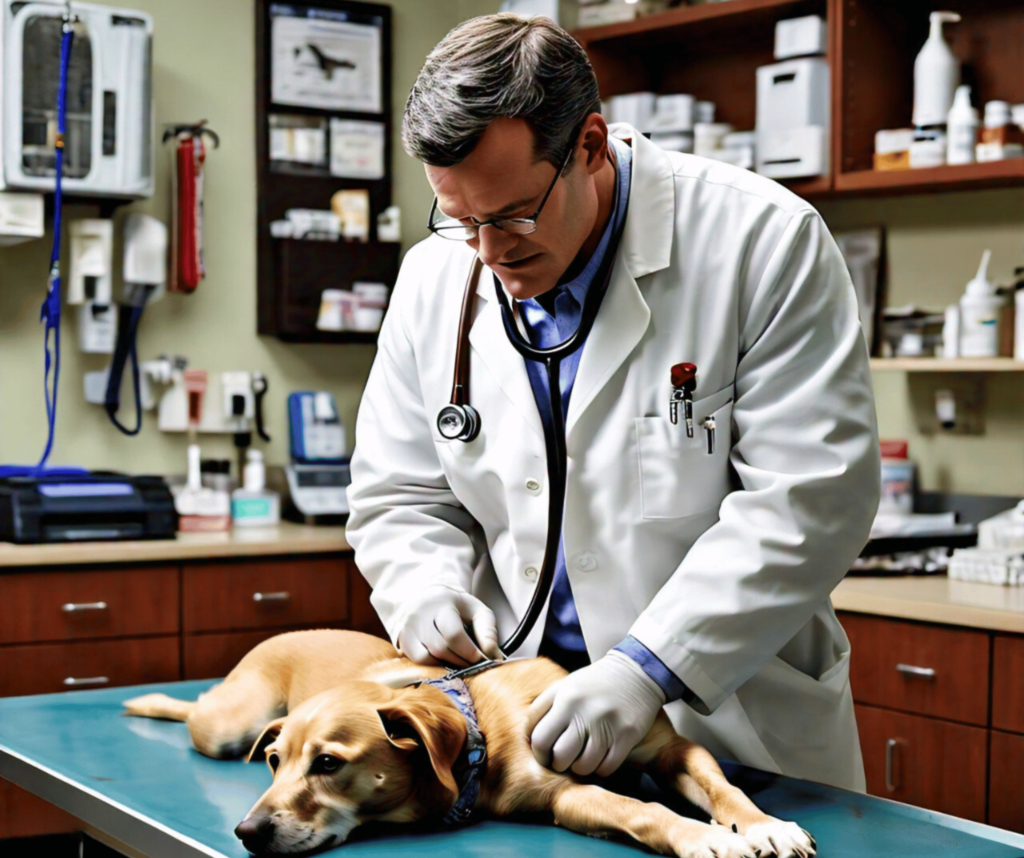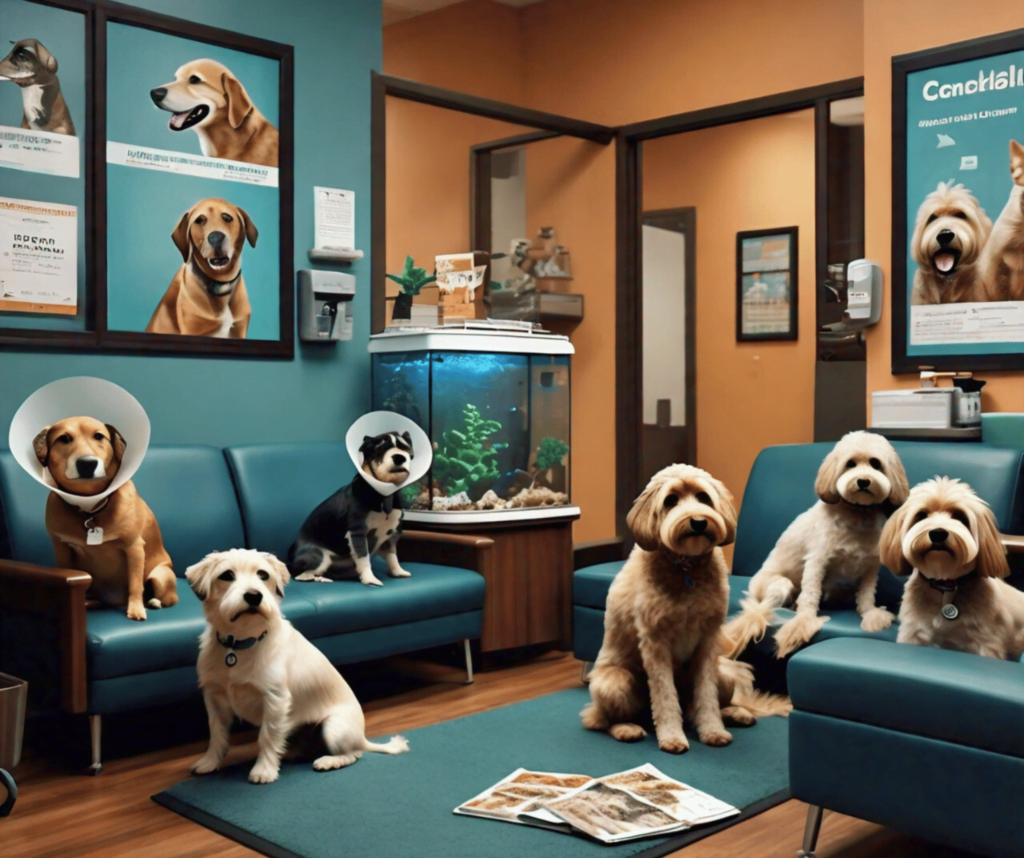In terms of canine care, one frequently disregarded component is mouth cleanliness. Dogs, like people, need consistent dental treatment to keep their mouths healthy and prevent problems like gum disease, tooth decay, and foul breath. Actually, poor dental health in dogs may cause more major issues like infections that could travel to other body parts. Using the best dog toothpaste is one of the simplest and most efficient approaches to guarantee the oral condition of your dog. But with the abundance of choices available now, how would one decide which is best?
This post will go over the value of using dog toothpaste, the need of brushing your dog’s teeth, how to do it correctly, and what to search for in a quality dog toothpaste. This book will offer you everything you need to maintain your dog’s teeth shining clean and healthy, regardless of your level of experience with dogs or new ownership.
Should you be interested in other facets of keeping your dog clean, you may also like to peruse our page on Why Does My Dog Stink No Matter What I Do? Remarks for a Fresh-Smelling Pet.
Why Does Dog Toothpaste Matter?
You may be asking why I cannot just give my dog my own toothpaste. The components are the key. Human toothpaste has fluoride and other substances harmful to dogs if consumed. Dogs consume toothpaste as they cannot spit it out; this might cause stomach trouble and more major health problems. Usually including enzymes to help break down plaque and tartar, dog toothpaste is made especially suitable for dogs to consume.
By routinely brushing with dog toothpaste, plaque—which hardens into tartar—can be avoided. Not only is gum disease uncomfortable for your dog, but tartar may cause tooth loss as well. Regular cleaning of your dog’s teeth not only helps to keep their breath fresh but also helps to avoid major dental problems down road.
Selecting The Best Dog Toothpaste

Selecting a best dog toothpaste requires weighing a few important criteria. You should search for this:
- Ingredients: Look for a toothpaste with natural, non-toxic components. Steer clear of preservatives, colors, and artificial tastes.
- Flavor: Dogs may be fussy, hence it is essential to choose a toothpaste your dog likes. Typical tastes consist of fowl, peanut butter, and beef.
- Enzymatic Formula: Enzymatic toothpaste has enzymes meant to more successfully break away tartar and plaque.
- Texture: Your dog should find the toothpaste to be appetizing. While some dogs could perform better with a gel, others might like a paste.
- Brand Reputation: Choose a toothpaste from a respected brand that other dog owners have had good comments about.
How to Brush Your Dog’s Teeth

Especially if your dog isn’t accustomed to it, brushing her teeth might seem like a difficult chore. With some time and the correct technique, however, it may become a regular component of your dog’s care. Here’s a detailed walk-through tutorial on cleaning your dog’s teeth:
- Start Slowly: Get your dog familiar to the feeling if it has never had their teeth cleaned before. Let them smell the toothbrush and toothpaste; try finger wiping a little bit of toothpaste on their gums.
- Choose the Right Time: Pick a time when your dog is calm and relaxed. After a walk or playtime is usually a good choice.
- Use the correct tools: A toothbrush designed especially for dogs. Often angled to cover every part of your dog’s mouth, these brushes contain gentler bristles.
- Be Gentle: Apply a little bit of toothpaste to the brush then gently raise your dog’s lip to reveal their teeth. Working on the gum line where plaque usually accumulates, brush in little, circular strokes.
- Be patient: It’s acceptable if, on the first attempt you neglect brushing all of your dog’s teeth. Over numerous sessions, progressively build up cleaning every one of their teeth.
- Reward your dog: With compliments, a treat, or playtime after brushing. This will enable kids to relate teeth brushing with favorable experiences.
Signs Your Dog Might Require Dental Care
Even with frequent brushing, you should be alert for indicators that your dog could require expert dental treatment. Here are several warning indicators:
Although dogs naturally have a faint odor to their breath, a bad scent might suggest dental issues.
Yellow or brown spots on your dog’s teeth can indicate tartar development.
Red, puffy, or bleeding gums point to gum disease and should be seen by a veterinarian.
Your dog may be in dental discomfort if they are avoiding food or appear to be chewing on one side of their mouth.
While some drooling is natural, too much drooling might indicate dental pain.
The Importance of Regular Vet Checkups

Apart from daily cleaning, you should schedule yearly veterinarian visits for your dog including a dental check-up. Early dental problems may be seen by your veterinarian, who also advises remedies to stop more major problems from arising. Sometimes your dog may need a professional cleaning to eliminate tartar accumulation not easily treatable with brushing alone.
See our post on Top Dog Breeds for Apartment Living to discover a breed fit for your way of life if you’re interested in further dog care tips.
Common Myths About Dog Dental Care

Dog dental care is surrounded in numerous false ideas. Let us dispel some of the most often believed false ideas:
- First myth: dry food maintains clean teeth
- Although dry kibble is healthier for your dog’s teeth than wet food, on its own it won’t maintain their cleanliness. Still vital is regular brushing.
- Myth 2: Dental Care Is Only Needed By Older Dogs
- Dogs of all ages benefit from dental treatment. Beginning a dental care regimen when your dog is young can help to avoid issues downstream.
- Myth 3: Enough dental chews
- Although they may help cut plaque, dental chews shouldn’t replace consistent brushing. Consider these as extras for your dog’s dental care regimen.
Conclusion: Your Dog’s Road to a Perfect Smile
The general health and well-being of your dog depend critically on clean teeth. Selecting the finest dog toothpaste and developing a consistent brushing schedule can help you avoid dental issues and guarantee your dog has a healthy, happy smile for many years to come. Remember, consistency is key; hence, a little daily effort will help your dog maintain perfect dental health.
What then do you need? Get that toothbrush, choose a toothpaste your dog like, and get brushing! The grin of your dog will reward you.
FAQs
1. How often should I brush my dog’s teeth?
It’s recommended to brush your dog’s teeth at least two to three times a week. Daily brushing is ideal, especially if your dog is prone to dental issues.
2. Can I use human toothpaste on my dog?
No, human toothpaste contains ingredients like fluoride that are toxic to dogs. Always use toothpaste specifically formulated for dogs.
3. What if my dog doesn’t like having their teeth brushed?
Start slowly by getting your dog used to the taste of the toothpaste and the feel of the toothbrush. Be patient and reward them with praise or a treat after each session. If they’re still resistant, you can try dental wipes or dental chews as an alternative.
4. Are dental chews a good replacement for brushing?
Dental chews can help reduce plaque and tartar but should not replace regular brushing. They are a good supplement to your dog’s dental care routine.
5. What signs indicate that my dog has dental problems?
Watch for bad breath, discolored teeth, swollen or bleeding gums, difficulty eating, and excessive drooling. If you notice any of these signs, consult your veterinarian.